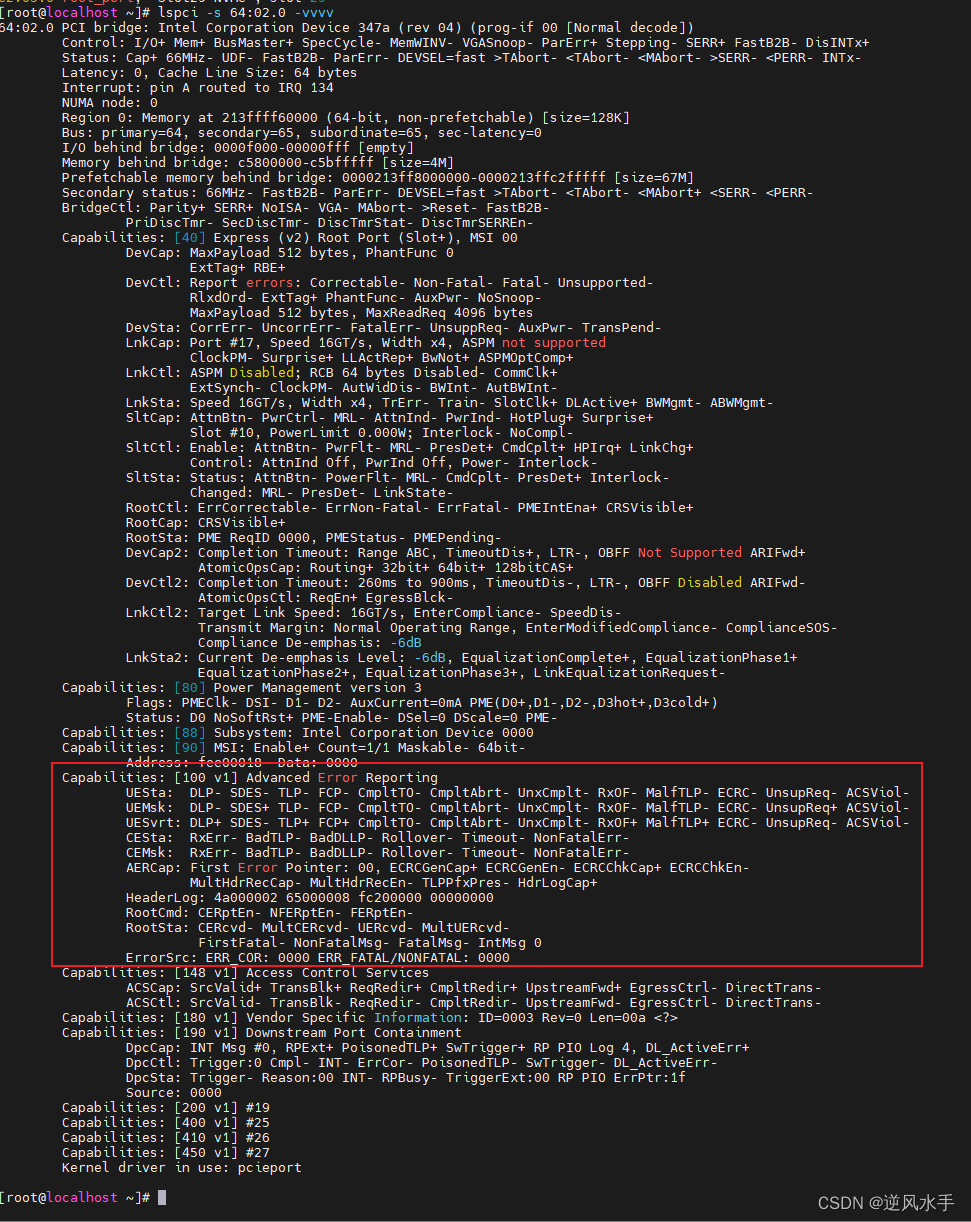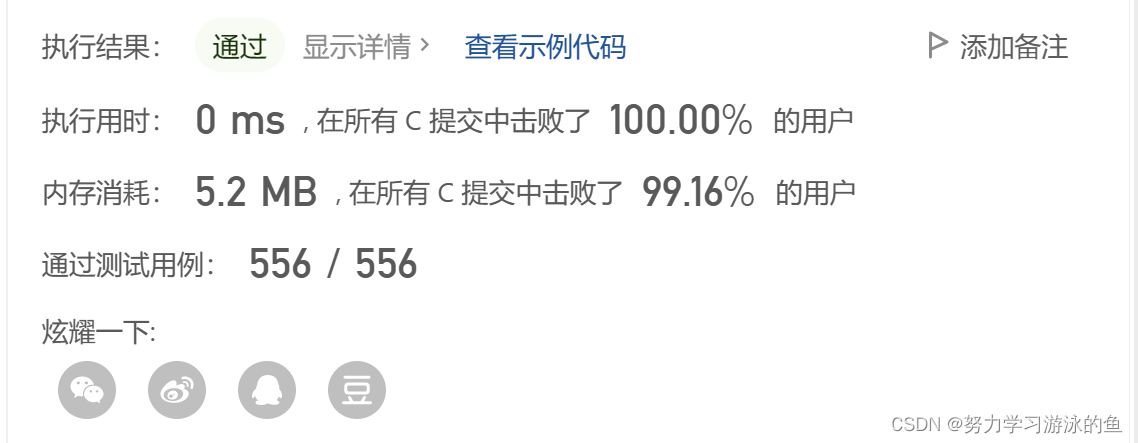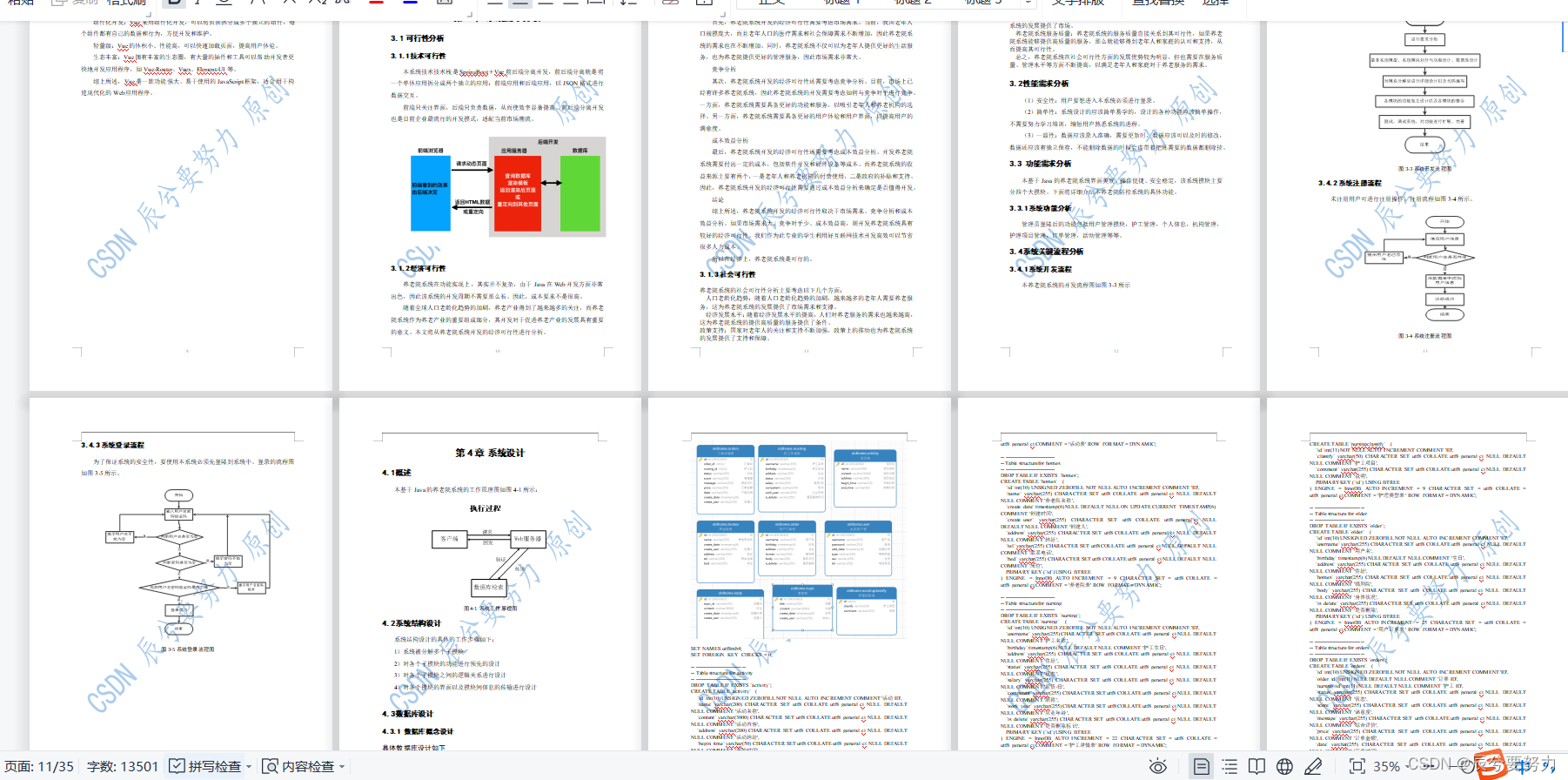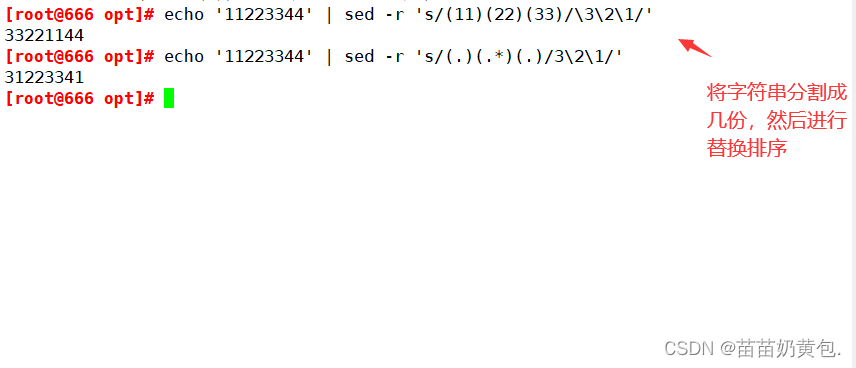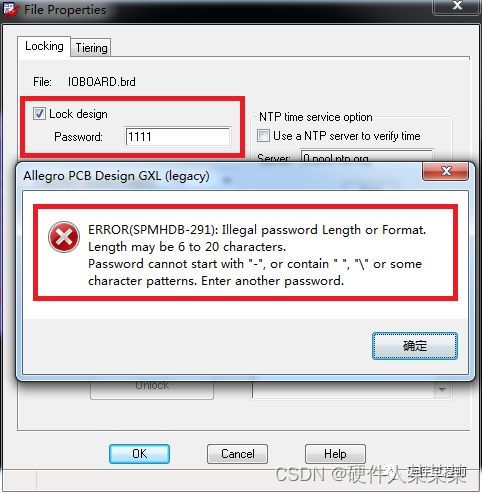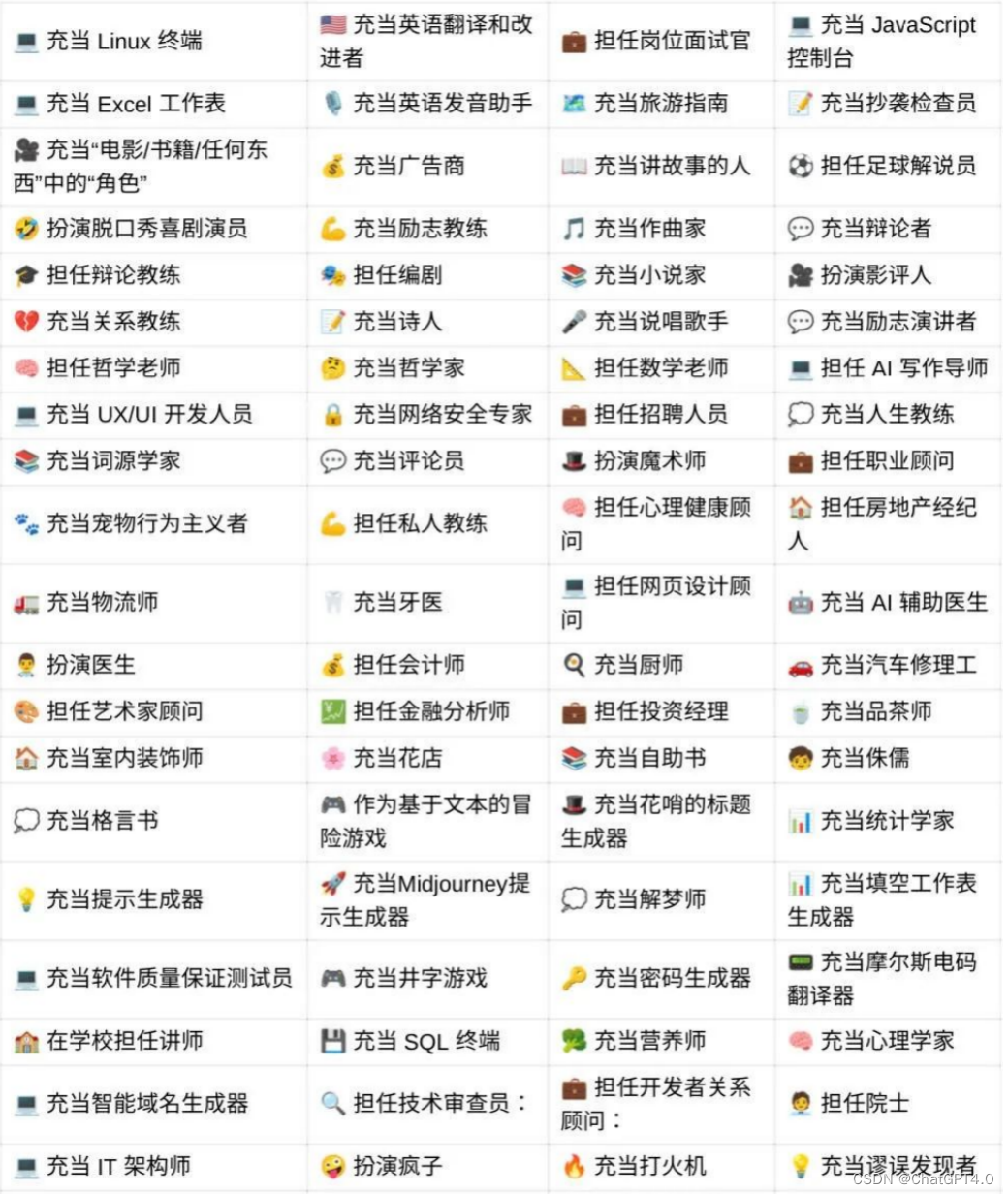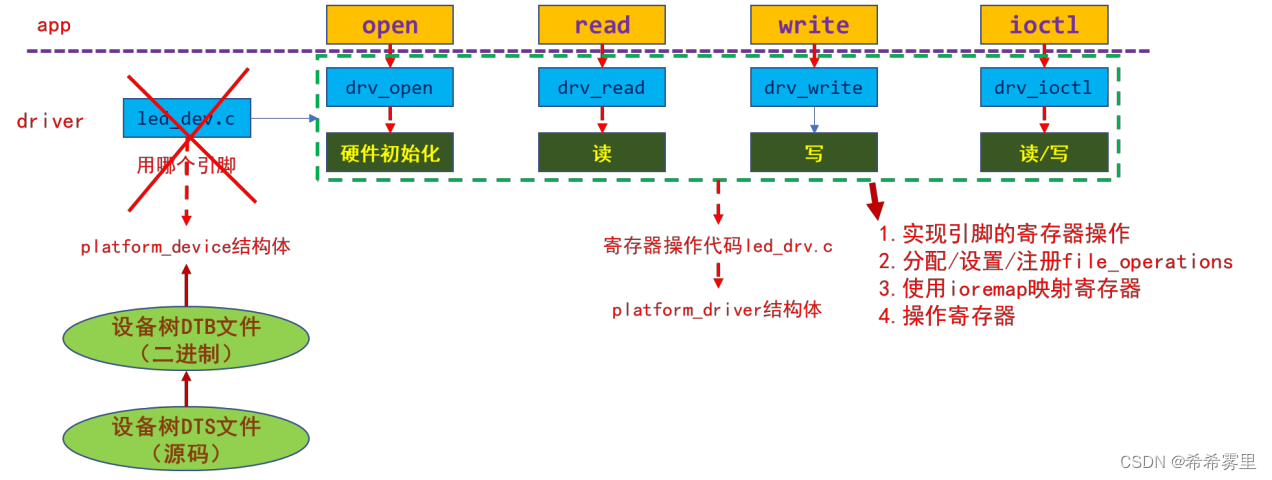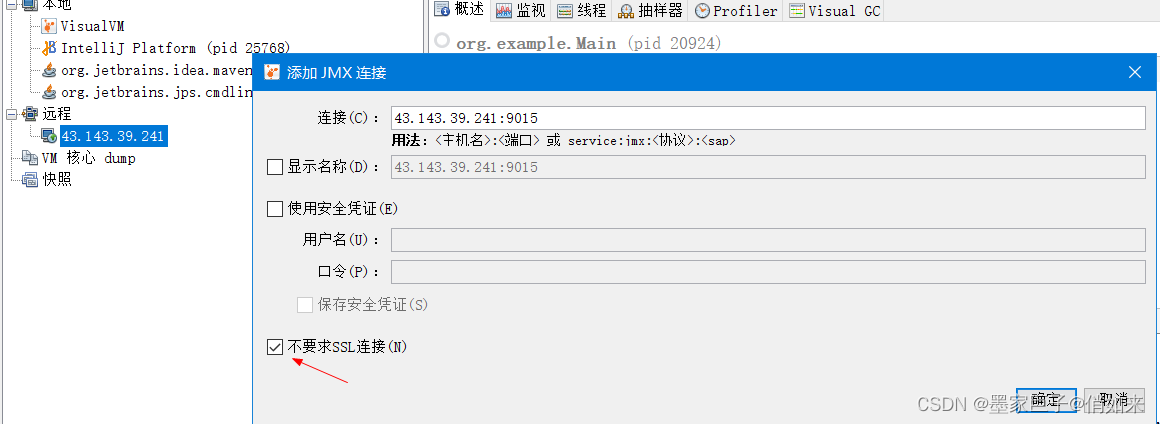文章目录
- [下一个更大元素 II](https://leetcode.cn/problems/next-greater-element-ii/description/)
- 题解
- 接雨水
- 题解
下一个更大元素 II
| Category | Difficulty | Likes | Dislikes | ContestSlug | ProblemIndex | Score |
|---|---|---|---|---|---|---|
| algorithms | Medium (66.68%) | 806 | 0 | - | - | 0 |
堆 | 数组 | 单调栈
给定一个循环数组 nums ( nums[nums.length - 1] 的下一个元素是 nums[0] ),返回 nums 中每个元素的 下一个更大元素 。
数字 x 的 下一个更大的元素 是按数组遍历顺序,这个数字之后的第一个比它更大的数,这意味着你应该循环地搜索它的下一个更大的数。如果不存在,则输出 -1 。
示例 1:
输入: nums = [1,2,1]
输出: [2,-1,2]
解释: 第一个 1 的下一个更大的数是 2;
数字 2 找不到下一个更大的数;
第二个 1 的下一个最大的数需要循环搜索,结果也是 2。
示例 2:
输入: nums = [1,2,3,4,3]
输出: [2,3,4,-1,4]
提示:
1 <= nums.length <= 104-109 <= nums[i] <= 109
Discussion | Solution
题解
class Solution {
public:
vector<int> nextGreaterElements(vector<int>& nums) {
// 拼接一个新的nums
vector<int> nums1(nums.begin(), nums.end());
nums.insert(nums.end(), nums1.begin(), nums1.end());
// 用新的nums大小来初始化result
vector<int> result(nums.size(), -1);
if (nums.size() == 0) return result;
// 开始单调栈
stack<int> st;
st.push(0);
for (int i = 1; i < nums.size(); i++) {
if (nums[i] < nums[st.top()]) st.push(i);
else if (nums[i] == nums[st.top()]) st.push(i);
else {
while (!st.empty() && nums[i] > nums[st.top()]) {
result[st.top()] = nums[i];
st.pop();
}
st.push(i);
}
}
// 最后再把结果集即result数组resize到原数组大小
result.resize(nums.size() / 2);
return result;
}
};
参考文章:代码随想录 (programmercarl.com)
接雨水
| Category | Difficulty | Likes | Dislikes | ContestSlug | ProblemIndex | Score |
|---|---|---|---|---|---|---|
| algorithms | Hard (62.60%) | 4326 | 0 | - | - | 0 |
堆 | 数组 | 双指针 | 动态规划 | 单调栈
给定 n 个非负整数表示每个宽度为 1 的柱子的高度图,计算按此排列的柱子,下雨之后能接多少雨水。
示例 1:

输入:height = [0,1,0,2,1,0,1,3,2,1,2,1]
输出:6
解释:上面是由数组 [0,1,0,2,1,0,1,3,2,1,2,1] 表示的高度图,在这种情况下,可以接 6 个单位的雨水(蓝色部分表示雨水)。
示例 2:
输入:height = [4,2,0,3,2,5]
输出:9
提示:
n == height.length1 <= n <= 2 * 1040 <= height[i] <= 105
Discussion | Solution
题解
// @lc code=start
class Solution {
public:
int trap(vector<int>& height) {
stack<int> st;
st.push(0);
int sum = 0;
for (int i = 1; i < height.size(); i++) {
while (!st.empty() && height[i] > height[st.top()]) {
int mid = st.top();
st.pop();
if (!st.empty()) {
int h = min(height[st.top()], height[i]) - height[mid];
int w = i - st.top() - 1;
sum += h * w;
}
}
st.push(i);
}
return sum;
}
};
- 1;
sum += h * w;
}
}
st.push(i);
}
return sum;
}
};

![05- redis集群模式搭建(上) (包含云服务器[填坑])](https://img-blog.csdnimg.cn/9f6f10ec1a8c4c2385205c9f4cbd4039.png)
